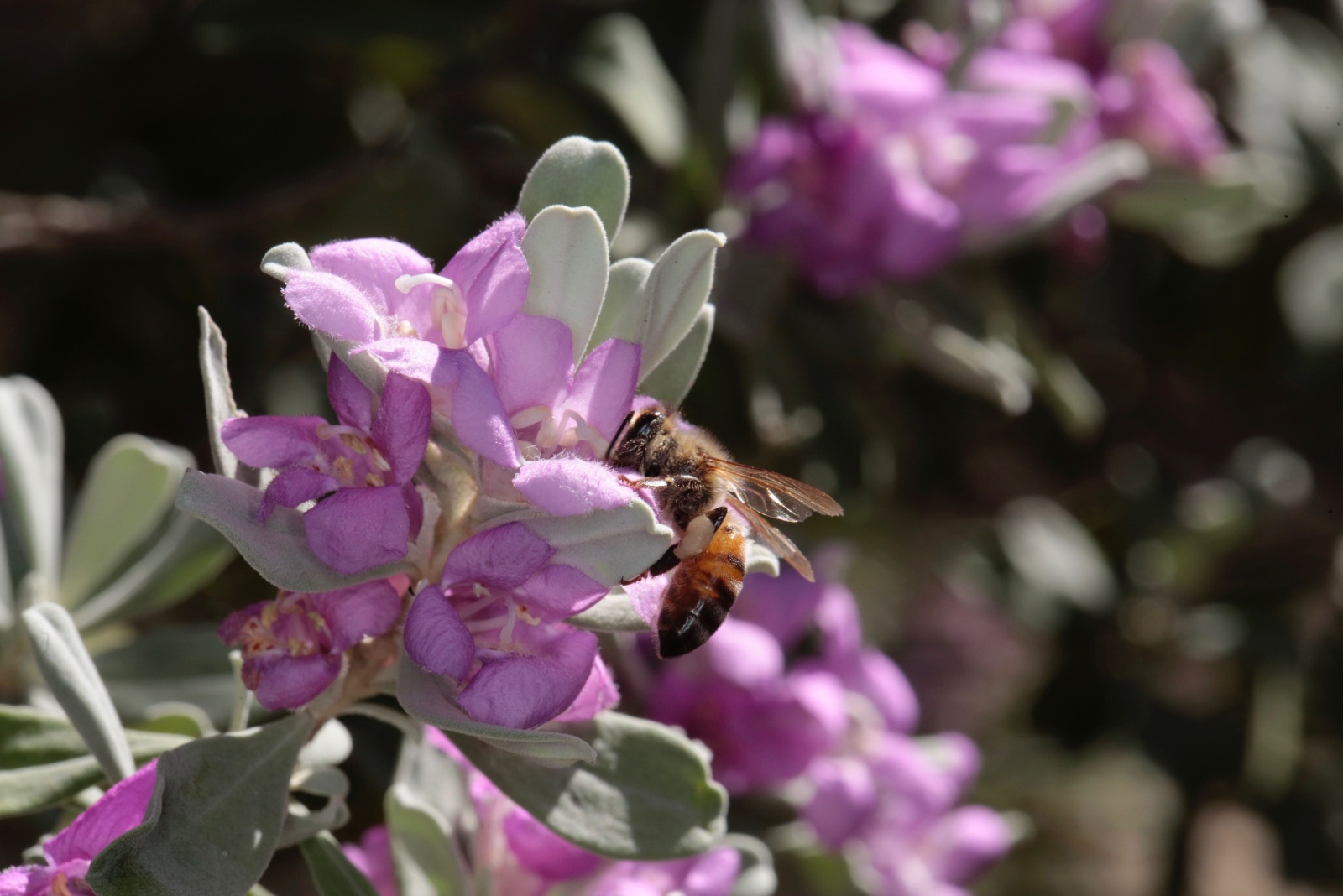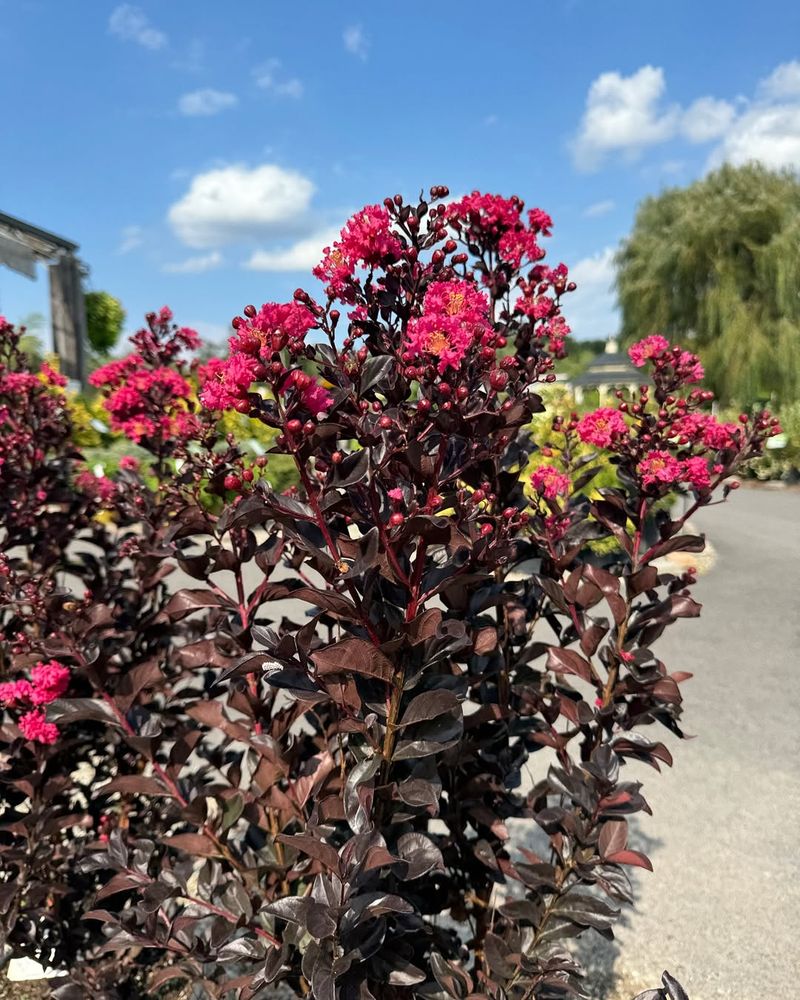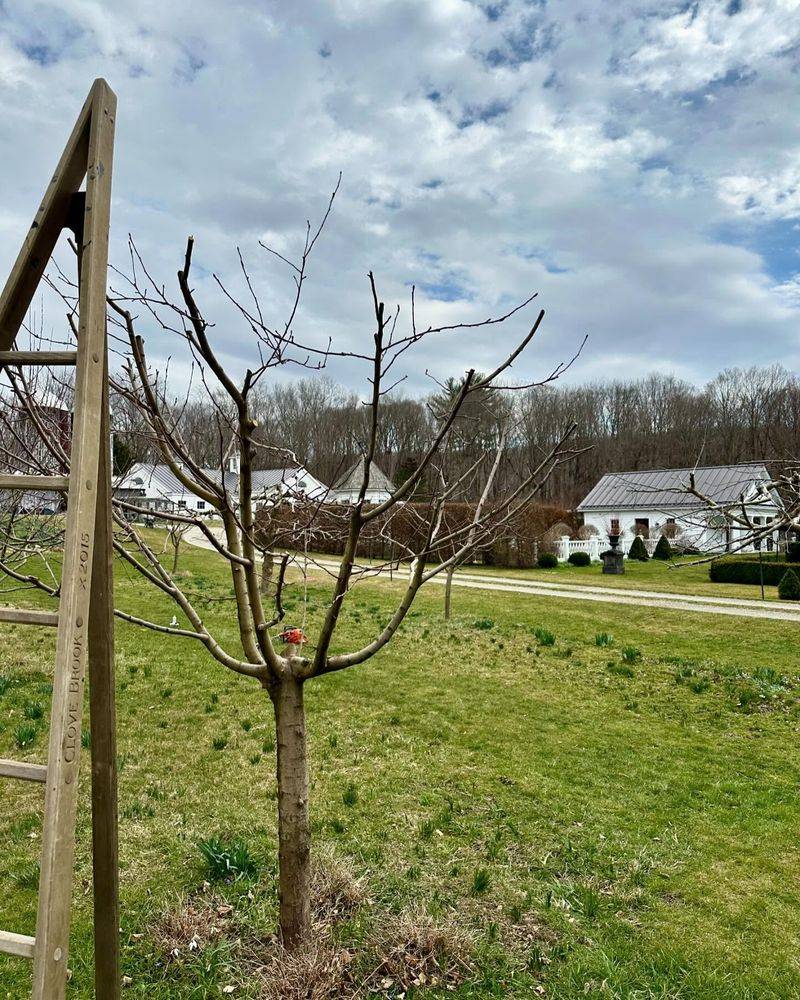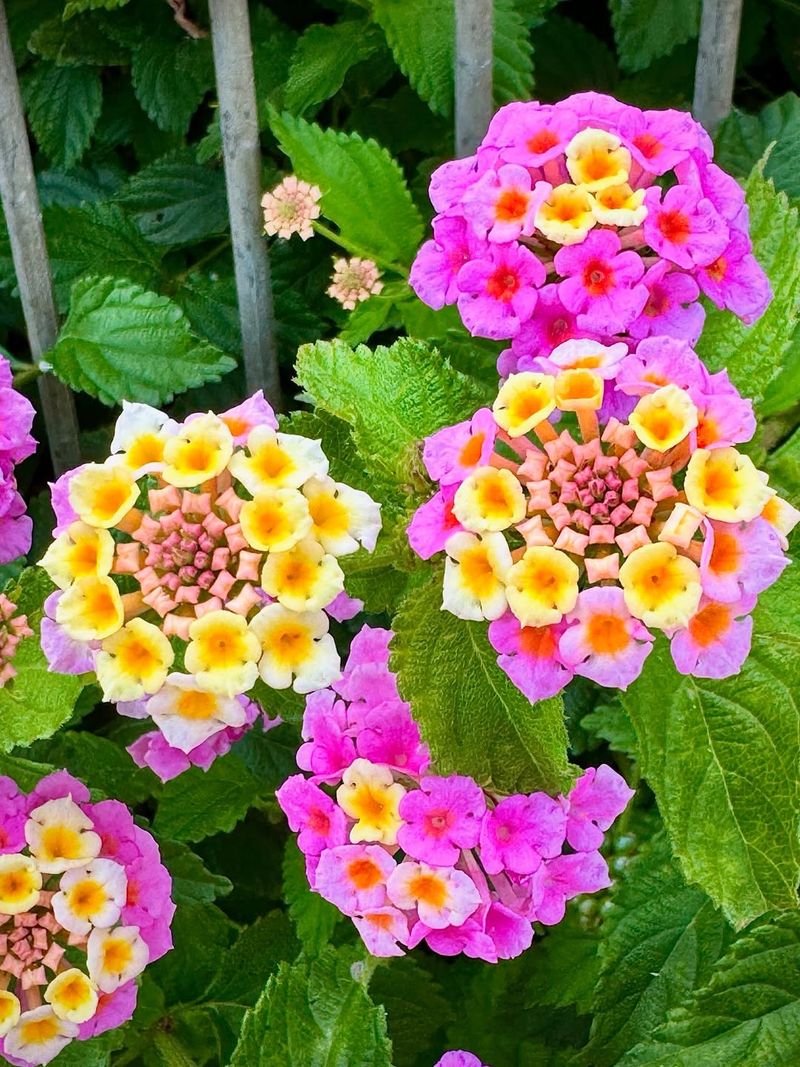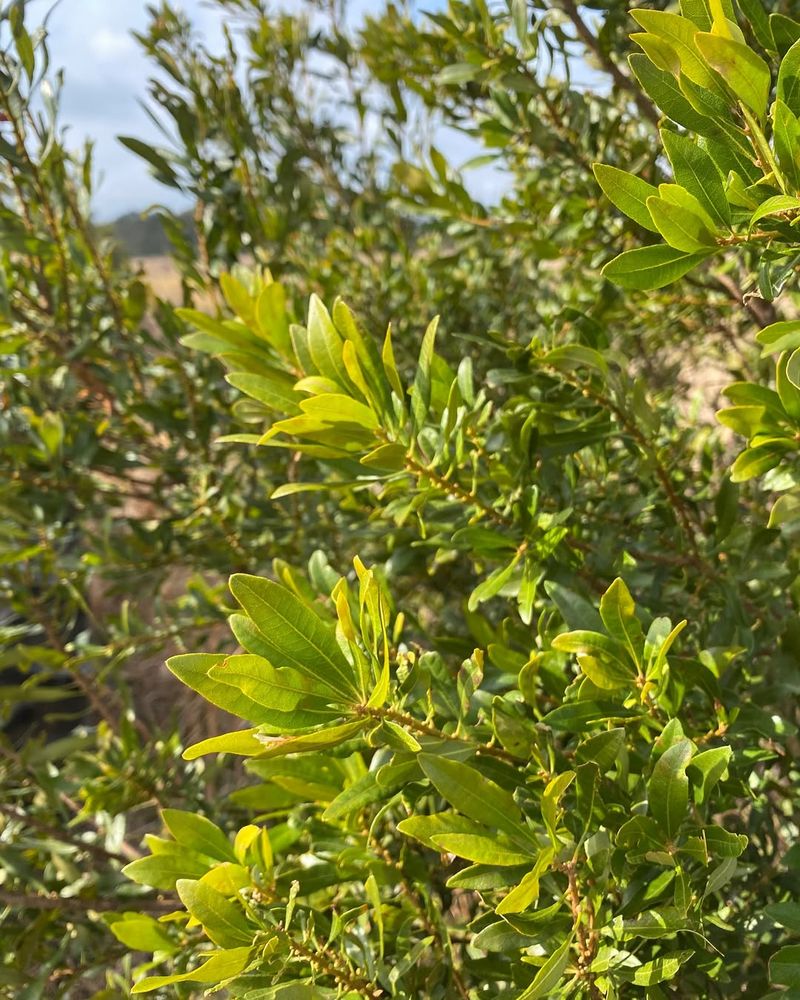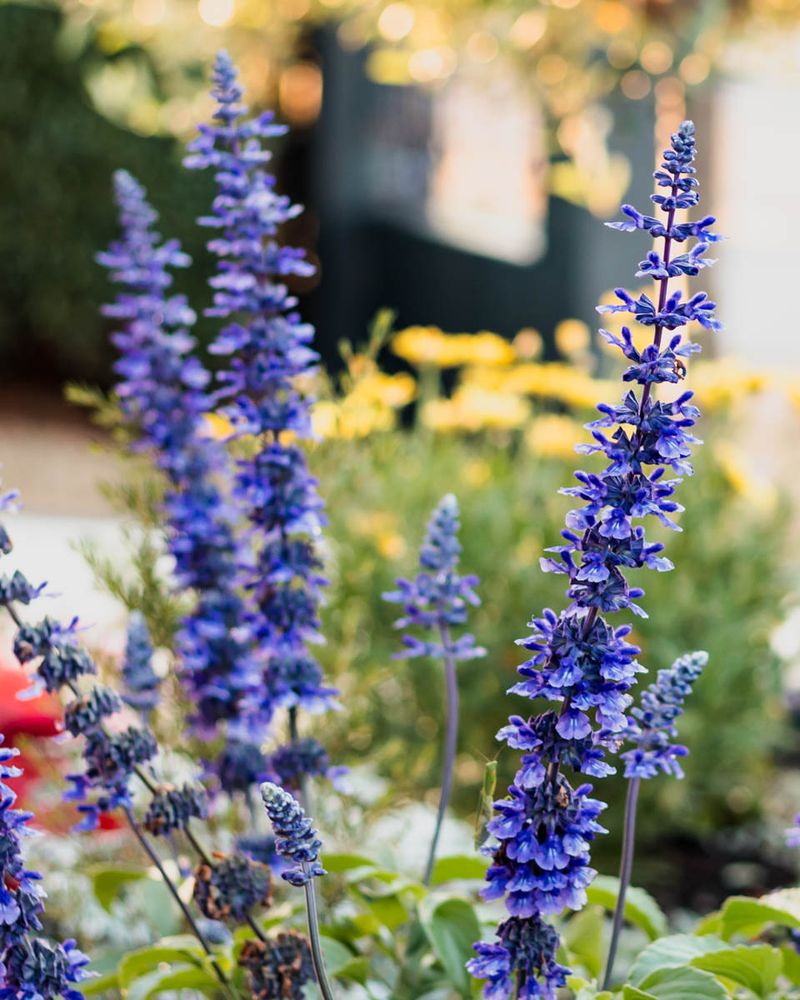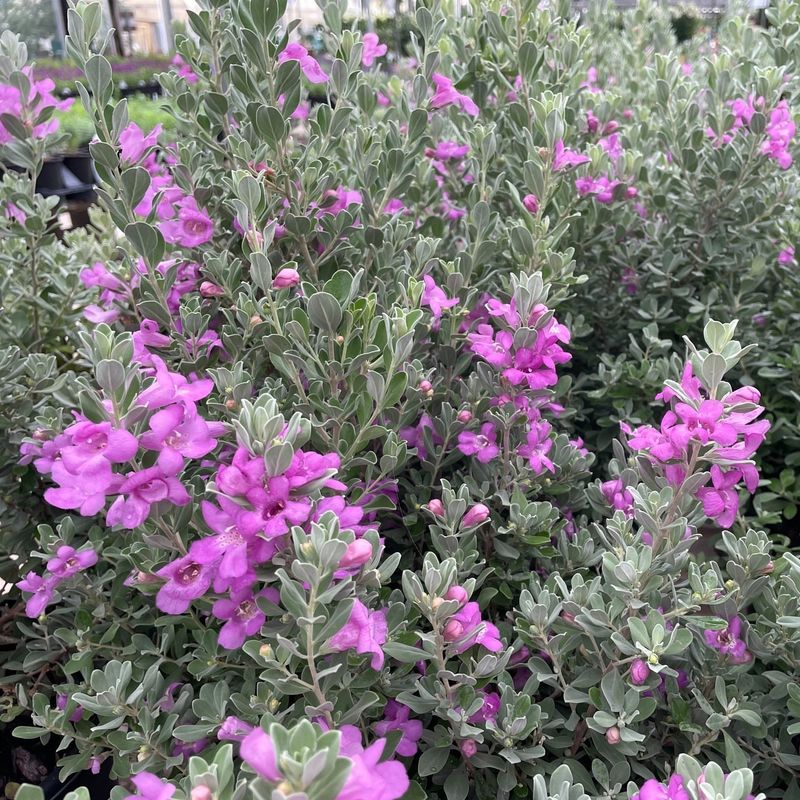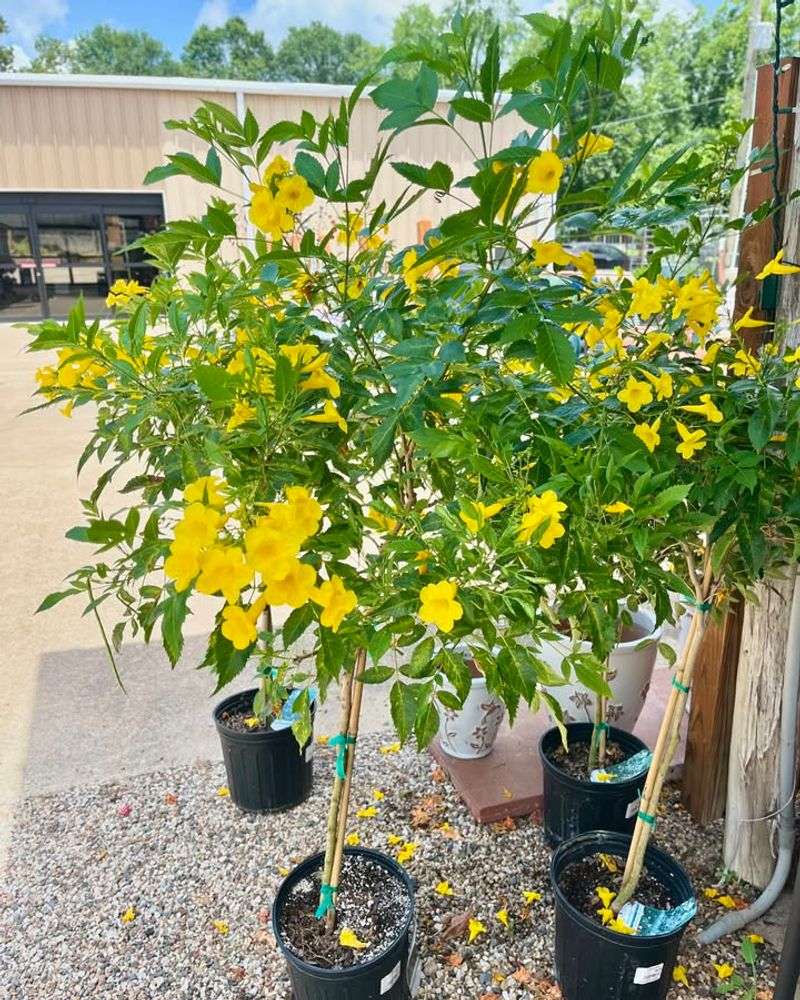November is prime time for Texas gardeners to break out the pruning shears. With cooler temps settling in, plants can handle a trim without the stress or shock of summer heat. Pruning now sets the stage for stronger roots and better blooms.
It’s a simple step that leads to healthier growth when spring rolls around. I’ve found that a little cleanup in fall makes a big difference later. Your garden will thank you with vibrant color and fresh energy come March.
1. Roses
Roses thrive when you give them a good haircut before winter sets in. Cut back long canes by about one-third to prevent wind damage during storms.
Remove any dead or diseased wood to keep your plants healthy. Focus on opening up the center of the bush to improve air circulation.
Clean cuts made at a 45-degree angle above outward-facing buds encourage robust spring growth. Your roses will reward you with spectacular blooms come April and May.
2. Crape Myrtles
Many folks commit crape murder by chopping these beauties into ugly stubs. Instead, simply remove crossing branches and suckers growing from the base.
Trim away spent flower clusters if you prefer a tidier look. Light shaping maintains the graceful natural form that makes crape myrtles so attractive.
November pruning prepares them for dormancy without triggering new tender growth. Come summer, you will enjoy their stunning blooms and elegant branching structure throughout your yard.
3. Fruit Trees
Peach, plum, and apple trees benefit tremendously from November attention. Start by eliminating branches that grow inward or rub against each other.
Open up the canopy to allow sunlight to reach all parts of the tree. Remove water sprouts shooting straight up from main limbs.
Strategic cuts now mean better fruit production and easier harvesting next season. Always use sharp, clean tools to prevent spreading diseases between trees in your orchard or backyard.
4. Lantana
Lantana grows like crazy in Texas heat, often becoming leggy and overgrown by autumn. Cutting plants back to about 6-12 inches helps them survive cold snaps.
Remove woody stems that no longer produce many flowers. Severe pruning might look harsh initially, but lantana bounces back vigorously.
This tough perennial rewards bold trimming with fuller, bushier growth when warm weather returns. Fresh new stems will be loaded with butterfly-attracting blooms throughout next summer.
5. Wax Myrtle
Wax myrtle serves as an excellent privacy screen but can become unruly without regular attention. Shape these evergreen shrubs by removing awkward branches and thinning dense growth.
November pruning keeps them manageable while maintaining their natural beauty. Cut back any stems damaged by summer storms or excessive heat.
Birds love the berries, so avoid removing all fruiting branches. Moderate trimming creates attractive hedges that provide year-round screening and habitat for wildlife visiting your property.
6. Salvias
Did you know salvias actually prefer a good trim before winter arrives? Cut these colorful perennials back to about 6 inches from the ground.
Removing spent flower stalks and leggy growth prevents them from looking shabby during cooler months. Fresh growth emerges more compact and vigorous.
Different salvia varieties handle cold differently, but all benefit from tidying up now. Come spring, you will have bushy, bloom-loaded plants that hummingbirds cannot resist visiting daily.
7. Texas Sage
Texas sage, also called cenizo, handles drought like a champion but sometimes needs shaping. Lightly trim to maintain a rounded, compact form without destroying its natural character.
Remove dead branches and thin out crowded areas to improve airflow. Avoid heavy pruning that exposes inner branches to cold.
This native shrub blooms after rain, so gentle November maintenance ensures spectacular purple flower displays next year. Its silvery foliage looks stunning against darker plants in your landscape.
8. Esperanza
Esperanza, or yellow bells, pumps out cheerful blooms all summer but turns brown when frost arrives. Cut plants back dramatically to about 12 inches above ground level.
Remove all frost-damaged foliage and woody stems that look unhealthy. Mulch around the base for extra winter protection.
This tropical-looking perennial dies back in most Texas regions but returns reliably from roots. Aggressive November pruning sets the stage for explosive growth and countless golden flowers next season.

